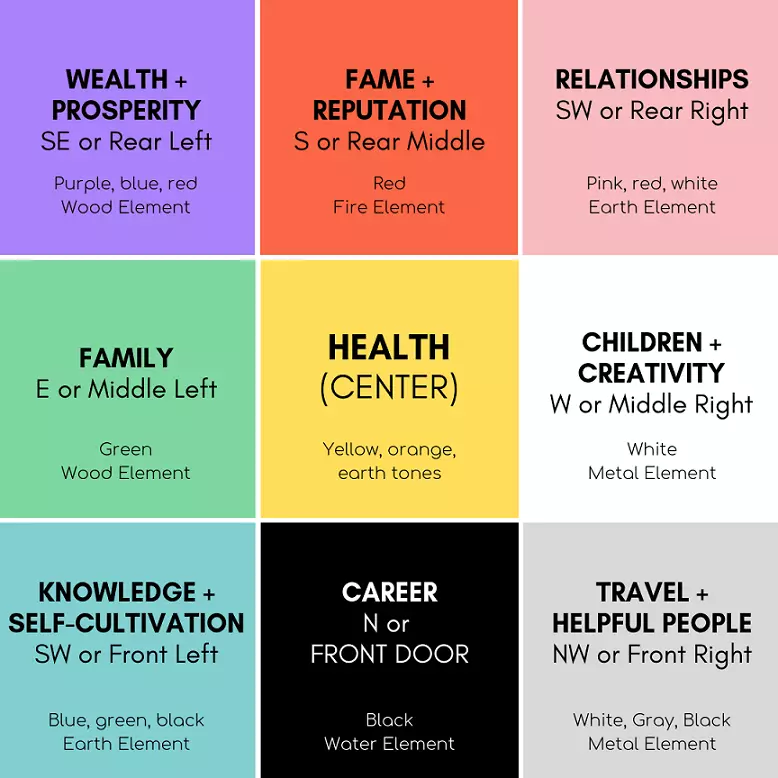 feng shui in the kitchen of a home
feng shui in the kitchen of a home
What is feng shui?
Feng shui, derived from the Chinese words meaning "wind" and "water," is an ancient practice that focuses on optimizing the flow of energy, known as Qi. By incorporating feng shui principles into interior design, individuals can harness the benefits of Qi within their living spaces.
Feng shui revolves around the harmony between the five elements: Wood, Fire, Earth, Metal, and Water. Maintaining a balance among these elements is essential for creating good feng shui.
History of feng shui
The origins of feng shui can be traced back to ancient China, with some of its philosophies dating back thousands of years. Initially, feng shui was used to choose burial sites and secure locations for settlements. Over time, it evolved to influence the designs of palaces, monuments, and even entire cities.
Although feng shui was banned in China in 1949, it continues to be practiced by many Chinese people, especially in Hong Kong. The different schools of feng shui, such as the Form School and Compass School, have shaped its diverse practices throughout history.
What are the benefits of feng shui?
Embracing feng shui principles can bring numerous benefits to your life. By balancing the five elements and aligning your home's Qi, you can attract wealth, cultivate love, foster relationship stability, achieve career success, enhance your health, increase vitality, and safeguard against misfortune.
However, it's important to note that each desired benefit corresponds to a specific element and area of the home. Therefore, understanding the complexities of feng shui is vital for maximizing its advantages.
What are the feng shui map and compass?
 Feng shui map and compass with labels - Source
Feng shui map and compass with labels - Source
Apart from the five elements, feng shui also relies on the compass. Traditional feng shui schools use the cardinal directions (north, south, east, west) to determine the corresponding elements within a home.
The Black Hat School, designed for beginners, simplifies this approach by considering the entrance as the north. With this method, each area of the home corresponds to a different element and outcome. These areas are organized in a 3-by-3 grid called the bagua, which acts as the feng shui energy map or compass.
Colors play a significant role in feng shui, as each area of the bagua is color-coded. By incorporating furniture and objects of specific colors, you can influence the elements in each area and create a more harmonious environment.
Understanding the bagua and the interplay of the five elements, known as wuxing, is crucial for successful application of feng shui in your home.
Remember, feng shui is a comprehensive practice that requires careful consideration and balance. By incorporating these principles into your interior design, you can create an environment that fosters positive energy and promotes overall well-being.
Article inspired by source.














